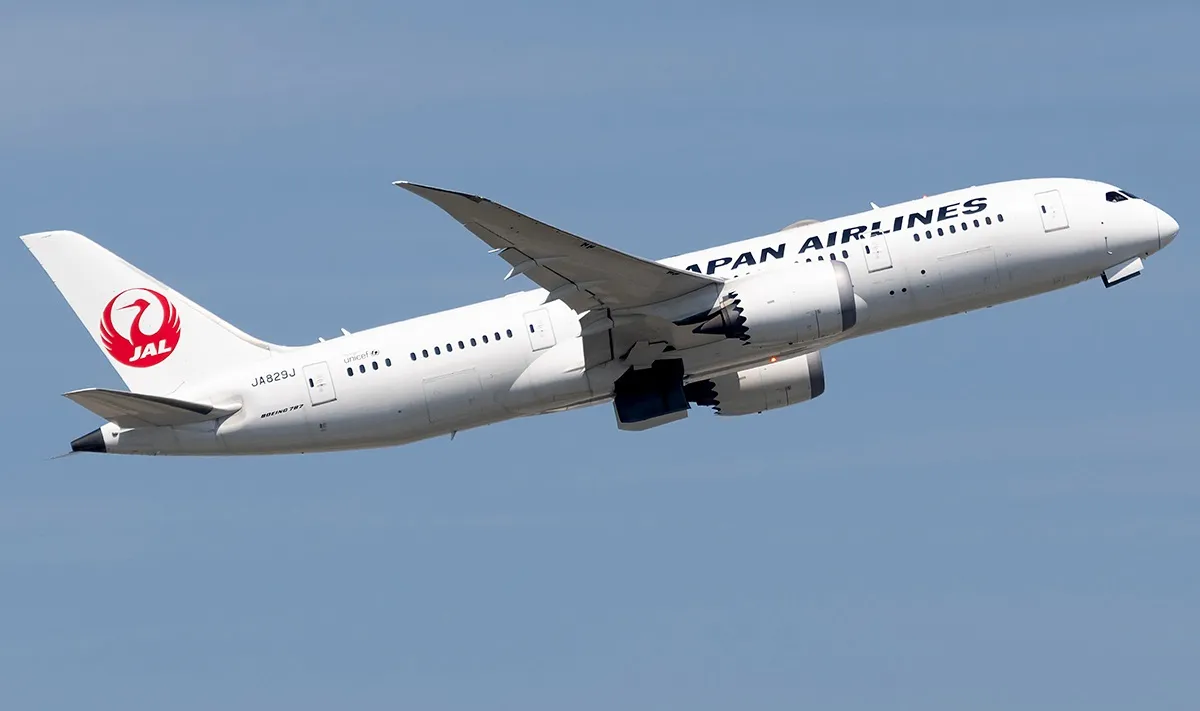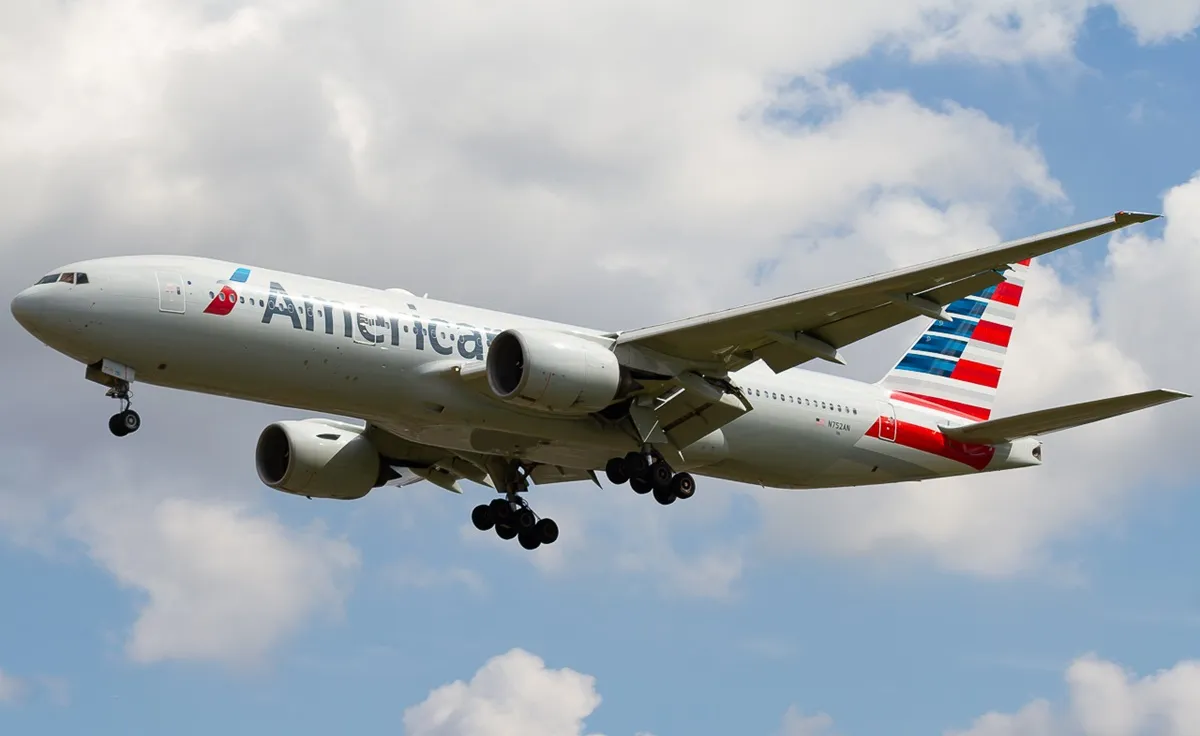
The Boeing 757 is a loved aircraft among airplane enthusiasts and pilots. However, the aircraft has been out of production since 2005, even though Boeing desperately needs a mid-market commercial aircraft.
While Boeing has upgraded the 737 and 777, it hasn't upgraded the 757 (or even the now-aging Boeing 767). An upgraded 757X would have been expensive and challenging and risked not being the advanced aircraft needed for the 2030s. Here are some reasons why Boeing didn't update its Boeing 757 in the mid-2010s.
The midsize airplane gap
The Boeing 757 went out of production in 2005, leaving a gap in the midsized commercial aircraft market. This issue is further compounded by the fact that the widebody Boeing 767 is also out of production as a passenger aircraft.
Boeing delivered the last passenger Boeing 767 in 2014, and since then, it has just delivered freighter variants and the military aerial refueling KC-46A variant of the aircraft. It has 104 commercial Boeing 767s left on the order book.
This means that Boeing offers nothing between the MAX and the 787 Dreamliner. Airbus has moved into this yawning gap with its Airbus A321LR and now its Airbus A321XLR.
The XLR entered commercial service in November 2024 and boasts an impressive 4,700 nautical mile range while being much more efficient than previous aircraft.
At the same time, JetZero is aggressively developing its Z4 blended wing-body aircraft also intended to fill the midsized market.
If developed, it will have a 4,000 nautical mile range and a seating capacity of 250 passengers. JetZero hopes to have a demonstrator flying in 2027 and for it to enter commercial service in 2030.
This has not gone unnoticed by Boeing, and it was decided there was demand for a clean sheet midsize airplane, commonly called the Boeing 797, in 2015.
Ten years on, Boeing seems to have mostly dithered with the concept, and it is unclear if or when it will go into production.
It is incredibly risky and expensive to build a new clean sheet aircraft. There is also the risk that by the time it enters service, a revolutionary new plane like JetZero's Z4 could render it already obsolete.
This is similar to how the Boeing 787 and Airbus A350 made the A380 Superjumbo obsolete from an efficiency point of view almost from the get-go. But why make a clean sheet design? Why not update the 757?
Why the Boeing 757 was never updated
The Boeing 757 is an old design, with the first example being delivered in 1978. However, being an aged design hasn’t stopped Boeing from updating the even older Boeing 737, which entered service in 1968. So, why didn't Boeing update the 757?
|
Boeing 757: |
|
|---|---|
|
Variants: |
757-200, 757-300 |
|
Range: |
3,915 nautical miles (-200) or 3,400 nautical miles (-300) |
|
Number built: |
1,050 |
|
Dates built: |
1981–2004 |
|
Number operational: |
572 (including parked) |
|
Type: |
Long narrowbody aircraft |
While Boeing sold over a thousand 757s, Boeing was facing a slowdown in its Boeing 757 sales in the early 2000s. The aftermath of 9/11 only made it worse and a fresh marketing push in 2003 failed to turn things around.
With a slump in passengers, airlines focused on more established and profitable routes and cut back capacity. With little demand left for low-capacity long-haul service, Boeing pulled the plug on the 757.
In the early 2000s, Boeing didn't have the benefit of hindsight. It didn't know that in the 2020s long and thin routes would be central to the aviation industry.
Boeing wasn't the only airplane maker at the time, failing to accurately forecast the future. Airbus bet big on the A380 to operate the "hub-and-spoke" model only for the Dreamliner and A350 to prove "hub busters."
"Fast forward to the 2020s, and the aviation market has shifted dramatically. Long and thin routes, which were once considered secondary, are now vital to the industry. Airlines are pushing their aging fleets of 757s to the limit, squeezing every last mile out of them. In hindsight, Boeing’s decision to stop producing the 757 might be one they regret, as there is currently no new Boeing aircraft tailored to serve these crucial routes." - Aviation for Aviators (2024)
But after seeing the need for a Boeing 757-like aircraft in 2015, why didn't Boeing dust off the pencil aircraft and update it as a 757X-style plane?
In theory, Boeing could have updated with new engines, revamped the interior, installed new avionics, and more, much like it did with the Boeing 737 MAX and 777X.
Key issues preventing Boeing 757X:
- Lack of available replacement engine
- Lack of manufacturing space
- Shuttered production line
- Aging & heavy design
- Conflicting priorities with 777X
- Focus on clean-sheet aircraft
- Boeing MAX Crisis and other issues
However, this was easier said than done. Boeing struggled to find suitable next-generation engines for it. Without new engines, there was little room to meaningfully improve the aircraft. After all, new engines are at the heart of what it means to be a current-generation aircraft.
"Boeing appeared to put to bed once and for all any prospect of reviving the 757 to fill a product gap between the 737-9 and the 787-8. Randy Tinseth, vice president of marketing, refuted a published report that said Boeing was studying resurrecting the plane, last delivered in 2005, with new engines and winglets." - Leeham News and Analysis in 2015
Leeham stated in 2015 that Pratt & Whitney wouldn't have been able to develop an updated engine before 2020. Meanwhile, other engine makers wouldn't have been able to do it before 2025.
This means that even if Boeing had decided to re-engine the 757 in 2015, it would have had to wait a long time to get those engines.
Another problem is that the Boeing 757 has been out of production for two decades. Once an aircraft's production line shuts down, it is incredibly difficult and expensive to restart it.
My has previously noted that there is export demand for Boeing's military C-17 Globemaster III strategic airlifter. However, as the production line is closed, it's complicated and expensive for Boeing to resurrect the production line and fill the demand.
Post-2018 Boeing crises
While Boeing dismissed the idea of updating the 757 in 2015, another issue since 2018 is that the company has been in rough shape. 2018 was the last 'normal' year for Boeing.
First, Boeing suffered (and continues to suffer from) the 737 MAX crisis, which is the bread and butter of Boeing's commercial segment. Then the company has been affected by 787 quality assurance difficulties, its Boeing 777X certification delays, the COVID-19 pandemic, and more.
This has made it difficult for Boeing to find the resources needed to pursue a mid-market airplane. In short, it's much easier to update an aircraft currently in production, than to update and resurrect a dead one.
Another issue was that, in 2015, Boeing lacked the spare factory space to build the aircraft in a short time period.
Focus on a clean sheet design
Perhaps Boeing considering a clean sheet New Midsize Airplane or Boeing 797 was part of the problem. If engineers are working on developing a completely new aircraft to fill the market segment, then they probably aren't working on updating the old 757.
Time changes things. The more time passes, the less sense it makes to look back at the past for tomorrow's solutions. Put another way, in 2015 the best decision may well have been to develop a clean-sheet aircraft.
However, if that aircraft doesn't come to the market, or it comes very late, then the best decision in 2015 may have been to develop a Boeing 757X.
But now it really may be too late for the 757. Future blended wing-body aircraft and alternatively powered aircraft may mean Boeing needs a revolutionary new design to be competitive in the 2030s.
|
Airbus A321XLR |
|
|---|---|
|
Range: |
4,700 nautical miles |
|
Seating capacity: |
206-220 (in typical two-class configuration) |
|
Entering commercial service: |
November 2024 |
|
Flight time: |
11 hours |
|
Fuel reduction: |
30% less fuel burn |
In 2015, Boeing may have thought a new plane was the best way forward. But if that aircraft never materializes, then perhaps all the NMA project did was distract from updating the Boeing 757.
It is unclear if Boeing can update the Boeing 757 to compete with the Airbus A321XLR that is already filling the market. And even if it does manage to launch a 757X around 2030, it may already be too late to compete with a potential JetZero Z4.
What does appear to be clear is that Airbus will be commanding the midsize airplane market for the rest of the decade. However, as fate would have it, RTX (which owns Pratt & Whitney) has announced an agreement to supply the Boeing 757's engines to power the first JetZero full-scale demonstrator planned for 2027.
Perhaps the old 757 will herald the world's next midsize plane after all, but from a new Boeing competitor based further down the West Coast.
Conclusion
In conclusion, a big part of the reason why Boeing didn't upgrade the Boeing 757 was that it would require new engines that it didn't have and couldn't get developed in a timely manner.
Instead, Boeing focused on building an all-new aircraft that would be able to compete into the 2030s and beyond. However, a series of problems have made it difficult for Boeing to concentrate on this new aircraft, allowing Airbus to get ahead.



